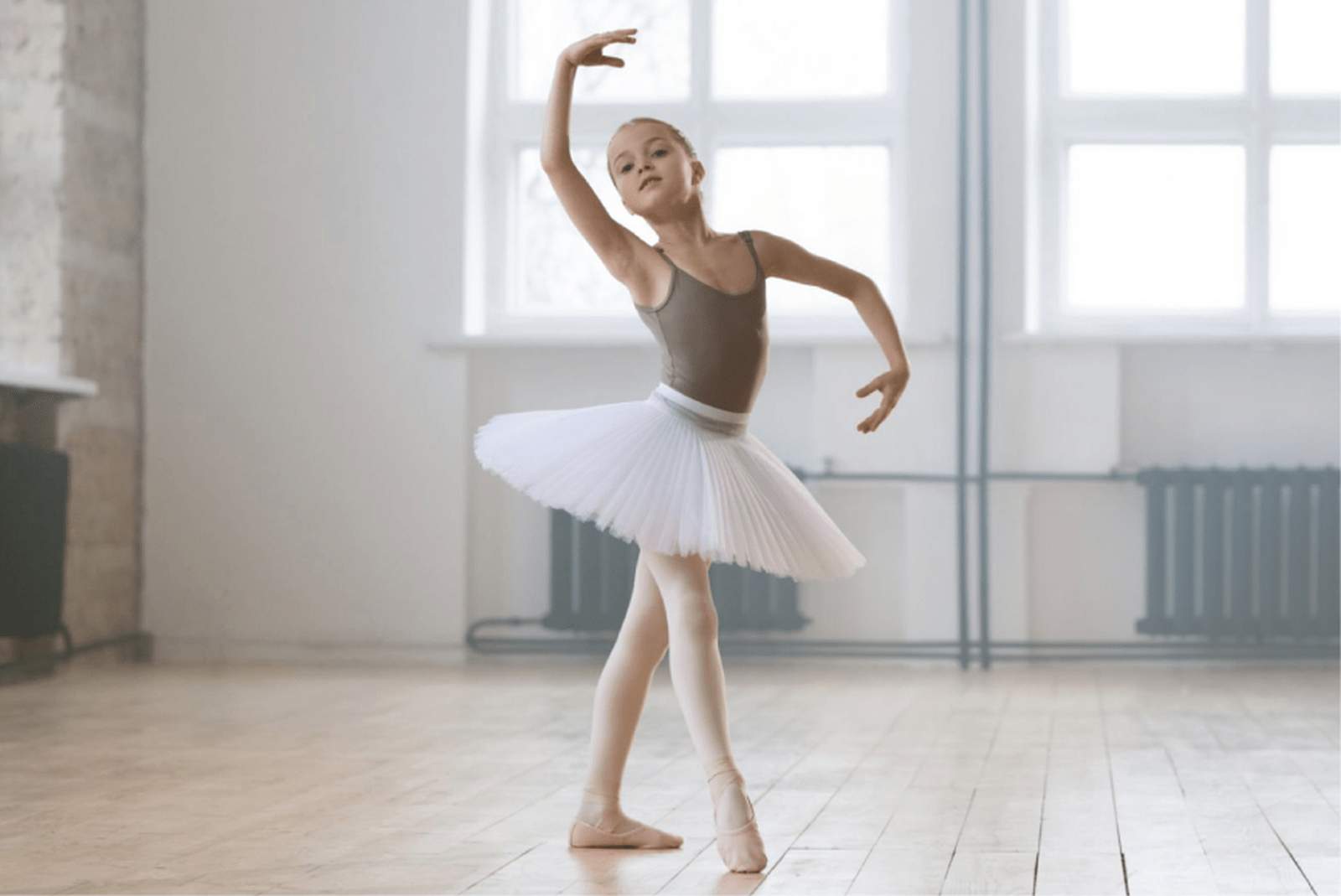Ballet and music are two inseparable elements that together create the magic of dance. Music sets the mood, rhythm, and emotional tone of a ballet performance, making the choice of the right accompaniment crucial. In this article, we will explore how to select music for ballet and what to consider in the process.
Understanding the Style of Ballet
The first step in choosing music is to understand the style of ballet you are planning to stage. Different styles require different musical approaches. For example, classical ballet often uses works by composers such as Pyotr Ilyich Tchaikovsky, Igor Stravinsky, or Sergei Prokofiev. Contemporary ballets may incorporate a wider range of musical genres, including jazz, pop, or electronic music. Determine which style best suits your performance.
Emotional Component
The music should match the emotional content of the dance. If your choreography conveys joy and lightness, choose melodies with a fast tempo and bright chords. For more dramatic and profound moments, slower, melancholic compositions are appropriate. Pay attention to how music can enhance or alter the perception of the dance.
Rhythm and Tempo
The rhythm and tempo of the music play a key role in ballet. They should align with the dancers' movements and assist them in their performance. If the choreography includes fast and energetic movements, select music with a quick tempo. For smoother and more graceful movements, slower and melodic compositions are suitable. Ensure that the rhythm of the music supports the choreography and helps the dancers feel confident.
Duration of the Music
The duration of the accompaniment is also important. The music should match the length of the dance. If your choreography lasts 3-4 minutes, make sure the chosen composition has a similar length or can be easily adapted. Sometimes, editing the music may be necessary to ensure it fits perfectly with the choreography.
Instrumentation
Pay attention to the instrumentation of the chosen music. Orchestral pieces can create a majestic atmosphere, while chamber music can add intimacy and depth. If you are selecting contemporary music, consider how different instruments and sounds can affect the overall perception of the dance.
Testing and Adapting
After selecting the music, it is important to test it with the dancers. Listen to how they respond to the music during rehearsals. Sometimes, it may be necessary to make changes to the choreography or choose another piece if the music does not align with the movements or does not create the desired mood.
Conclusion
Choosing the right accompaniment for ballet is a creative process that requires attention to detail and an understanding of the relationship between music and dance. The right music can significantly enhance the impact of the performance and make it more memorable. Take the time to select the accompaniment, and your ballet will become a true work of art that delights both the audience and the dancers!





